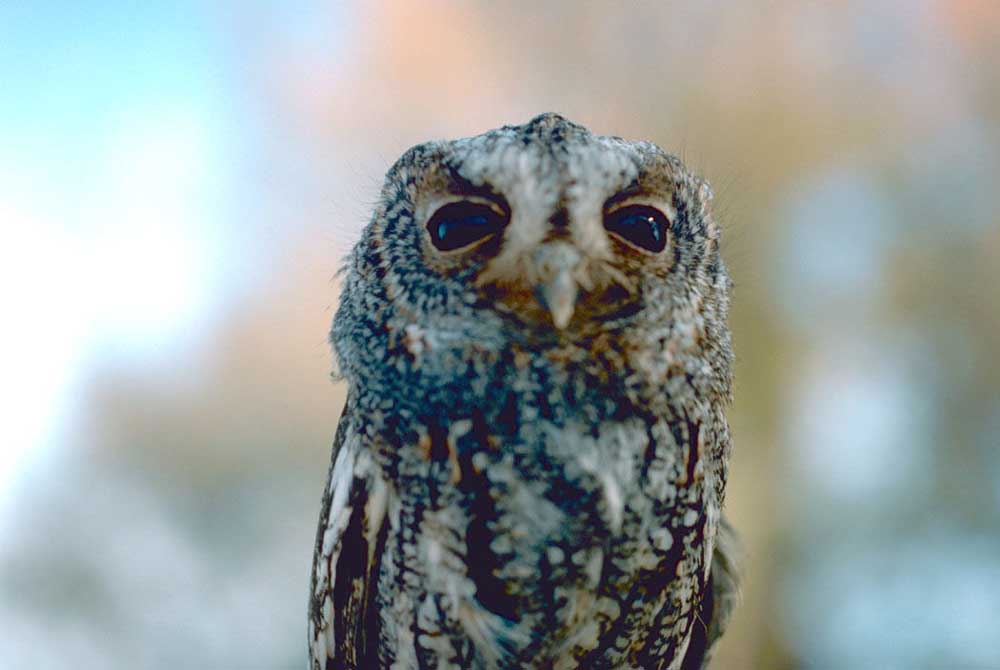Flammulated owls are hard to find
Published 12:00 am Wednesday, July 16, 2014

- Flammulated owl(Courtesy US Fish & Wildlife Service / Submitted photo)
Flammulated owl
Scientific name: Otus flammeolus
Characteristics: These small owls are 6 to 7 inches long, with gray or rufous coloring, dark eyes and a white breast with dark streaks. Their face has white eyebrows, and their small ear tufts may not be visible.
Nesting: Flammies use abandoned woodpecker holes or natural cavities as nest sites. An average clutch is two to three eggs, and the young fledge at 25 days old.
Range: Found throughout western North America, from central Mexico to Alaska.
Habitat: Breeds across the west in ponderosa pine, oak or mixed coniferous forests in the mountains. After the season, the birds migrate to Mexico or Central America.
Food: Eats moths, beetles, grasshoppers, caterpillars, centipedes, millipedes, spiders, scorpions and sometimes small mammals like shrews or mice. Flammies forage in the trees or on the ground.
Comments: Flammulateds are named after their reddish or flamelike plumage. Their soft single- or double-note call occurs in 2- to 3 second intervals. Their dark eyes and small size make these birds easy to identify, but finding them is a challenge because of their cryptic coloration. A group of owls is known as a “parliament.”
Current viewing: Forests above 4,500 feet in elevation in the Cascades, and at areas around the Meissner, Swampy Lakes and Wanoga sno-parks.
— Damian Fagan is a COCC Community Learning instructor and volunteer with the East Cascades Audubon Society. He can be reached at damian.fagan@hotmail.com.
Sources: “The Audubon Society Encyclopedia of North American Birds” by John Terres, Cornell Lab of Ornithology’s www.allaboutbirds.org and “Birds of Oregon” by Burrows and Gilligan







